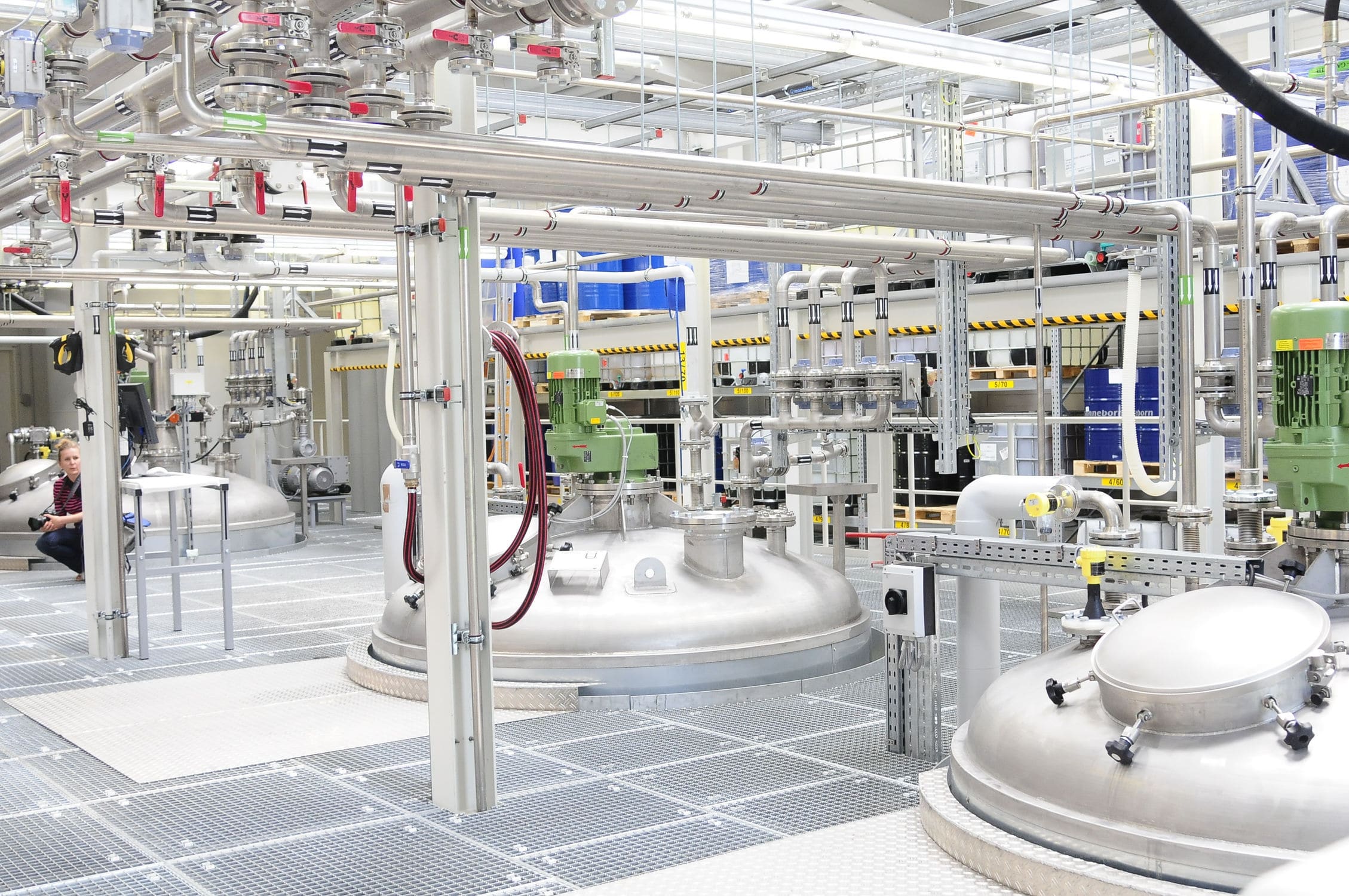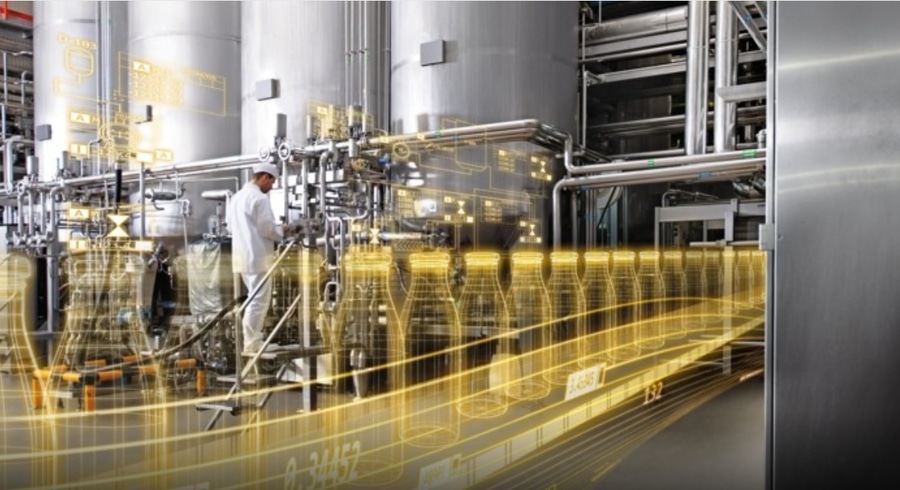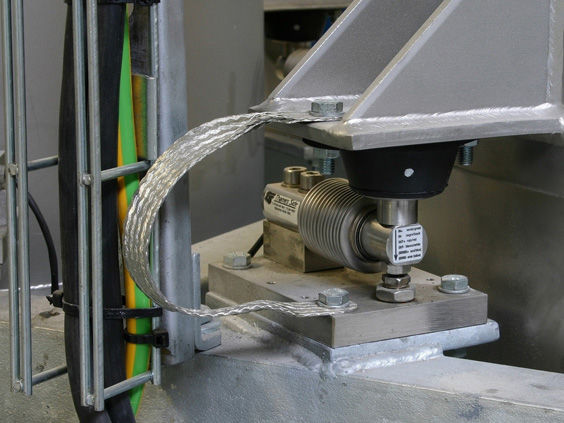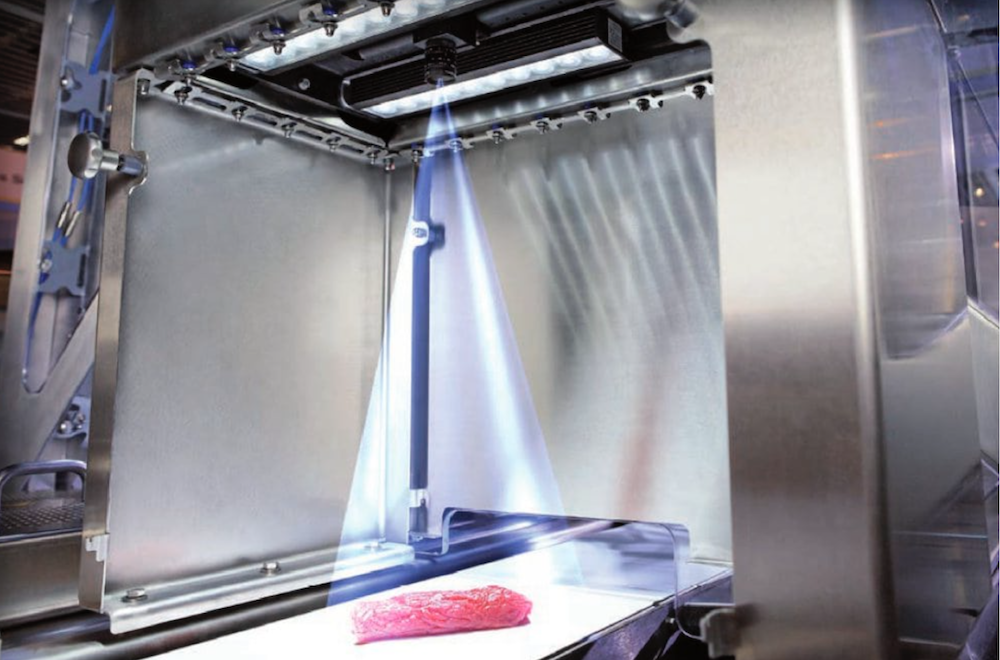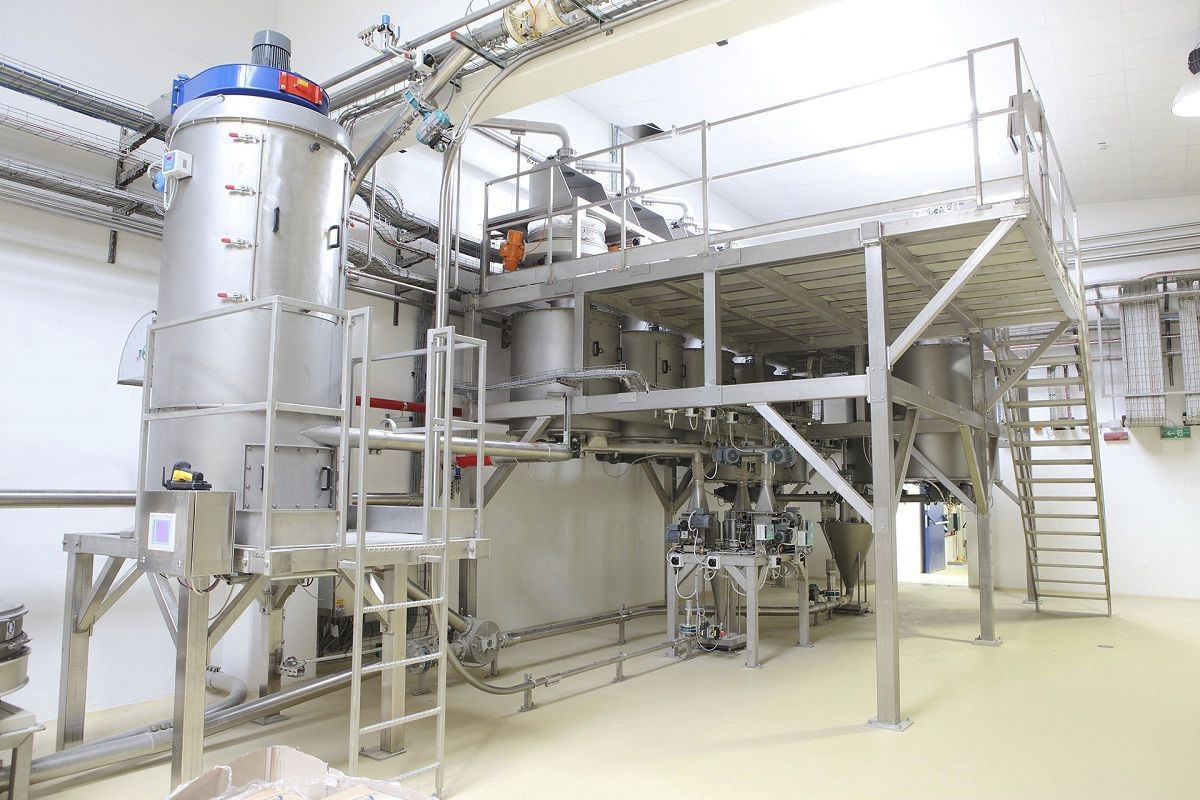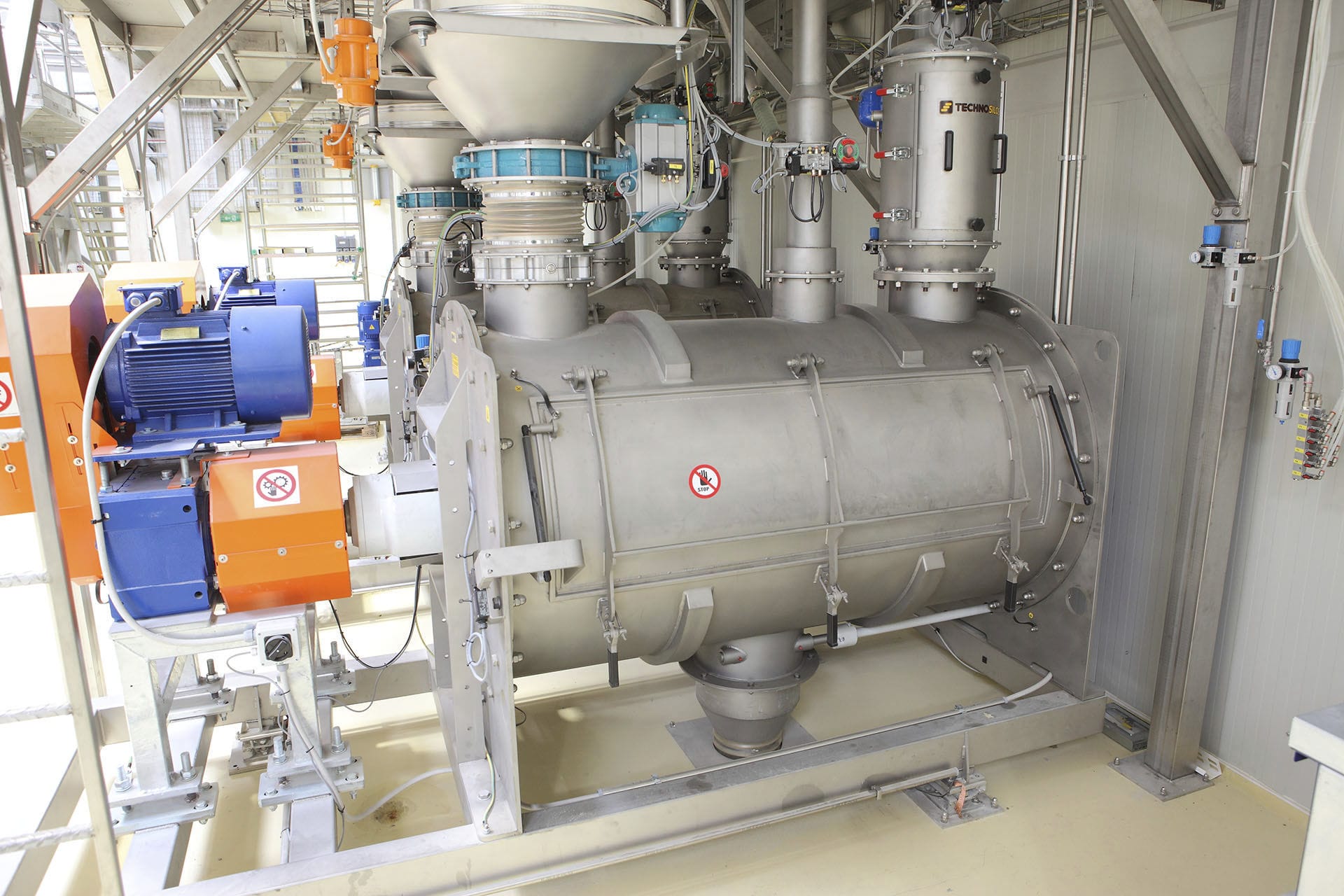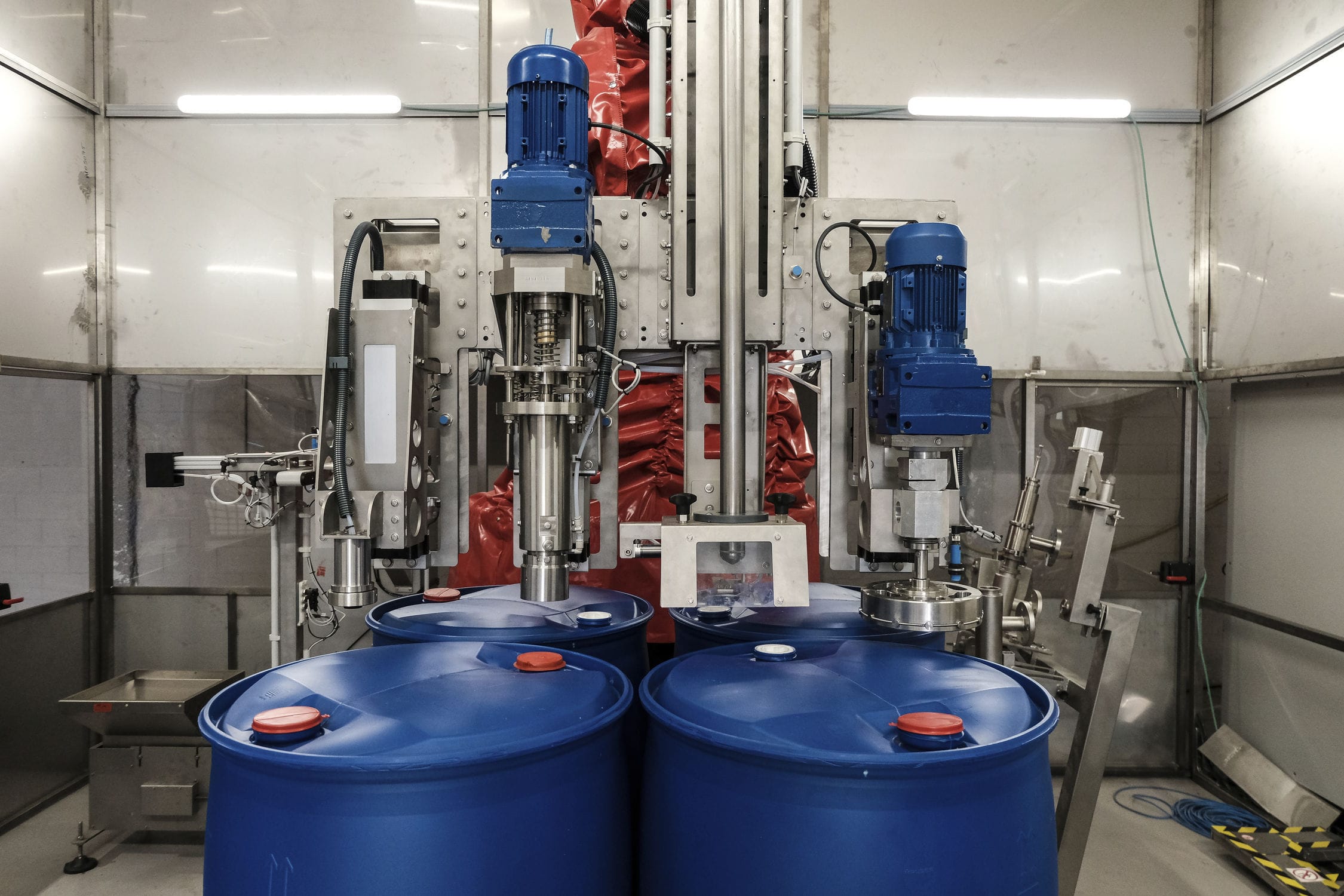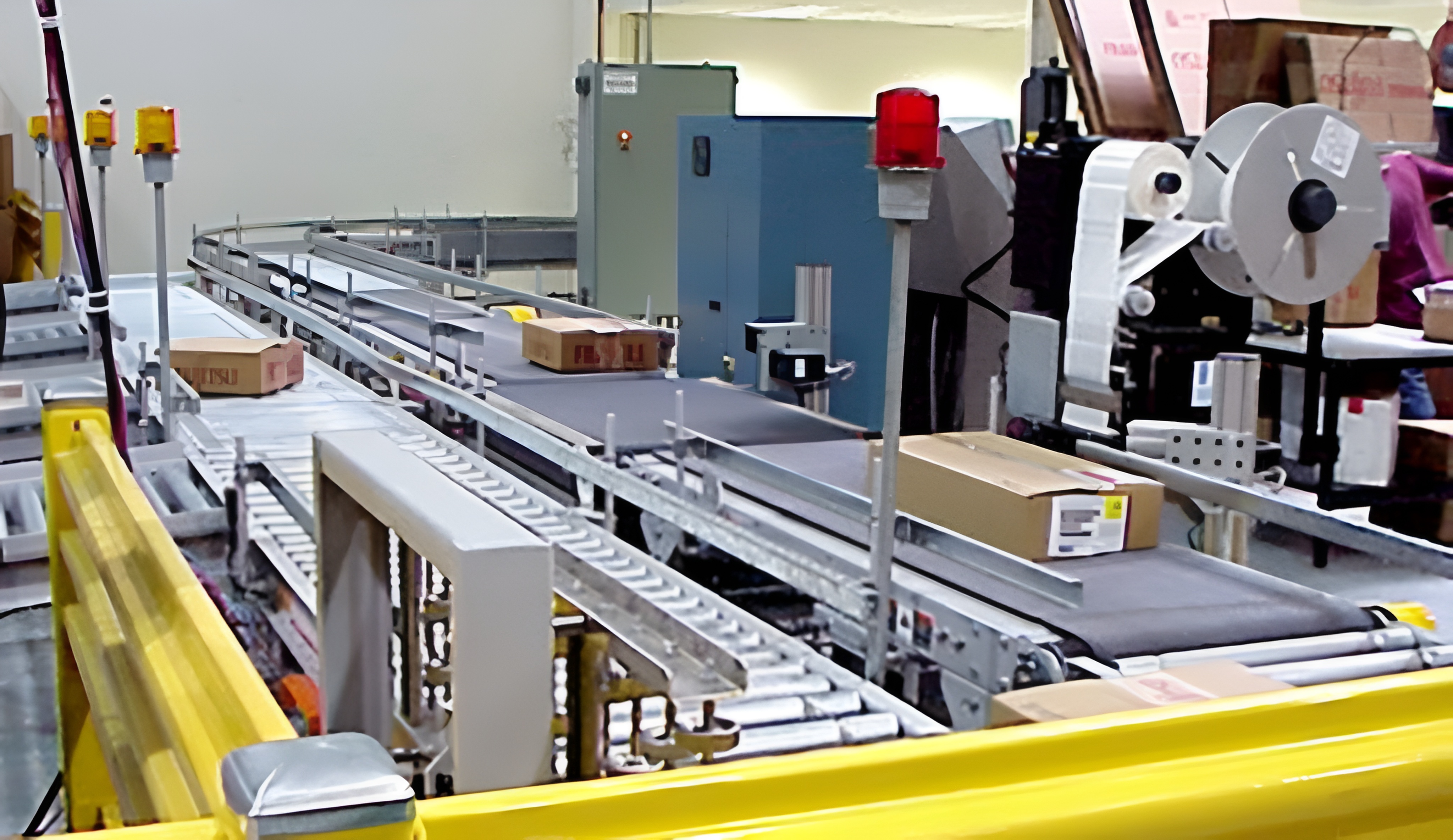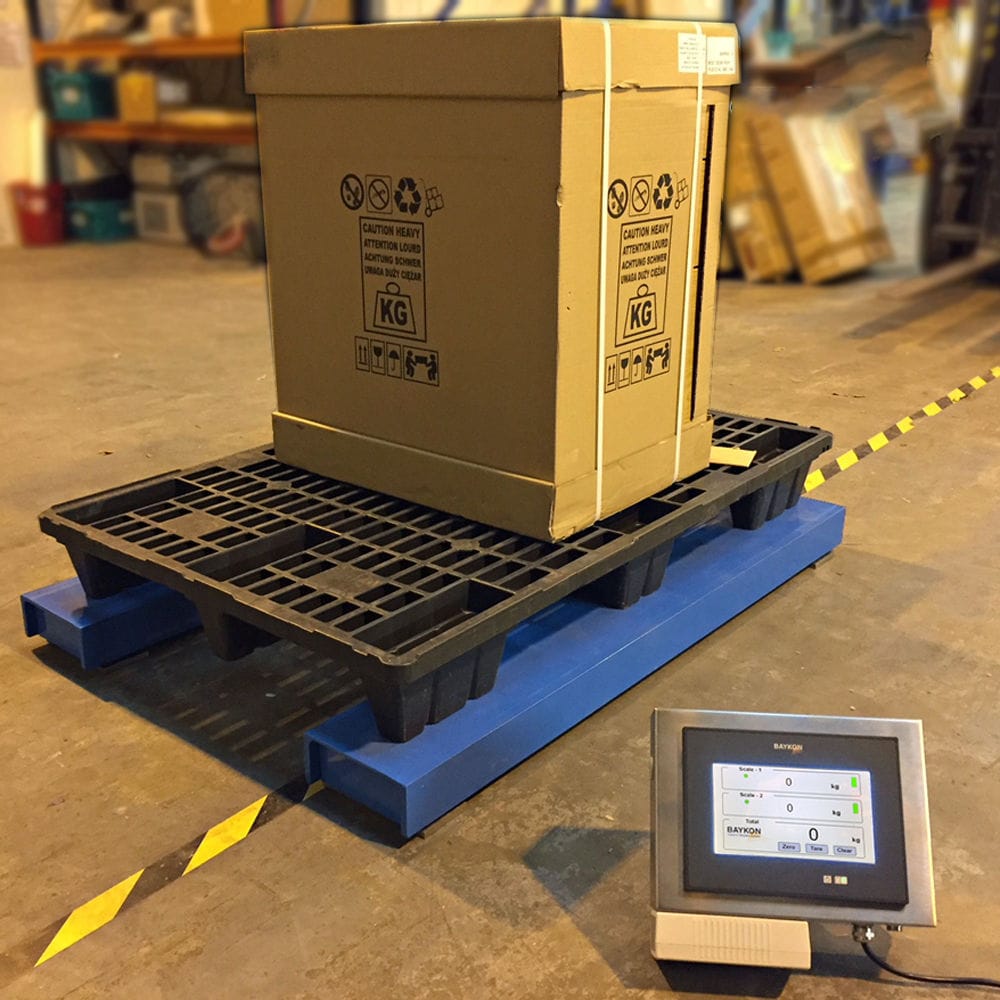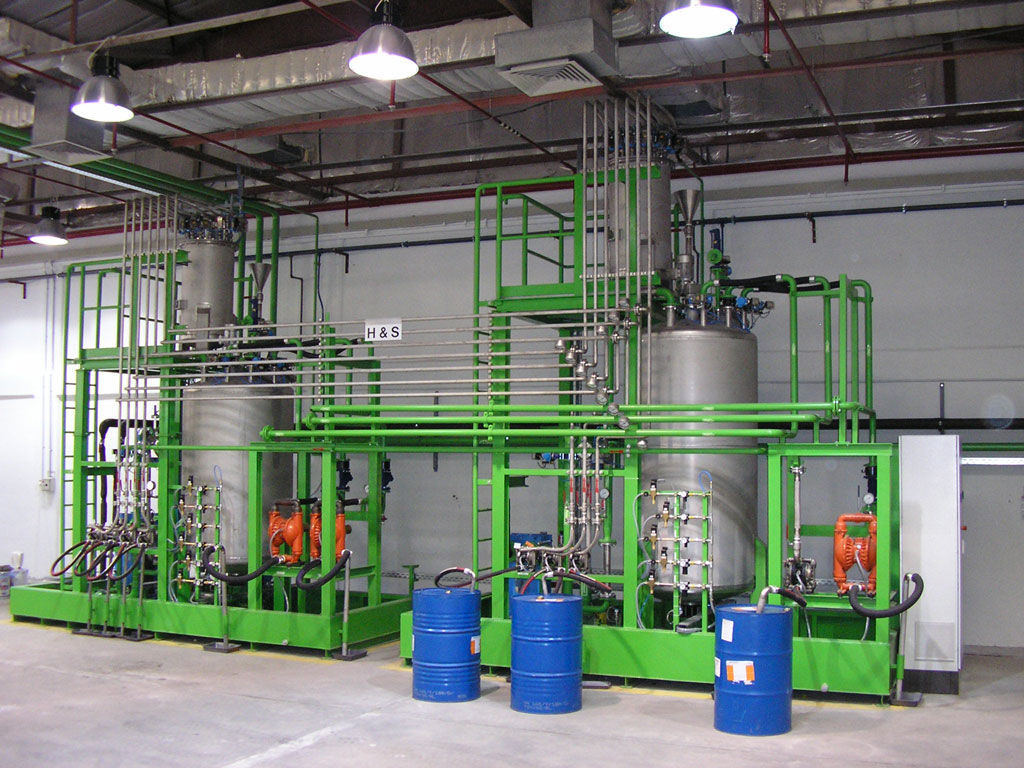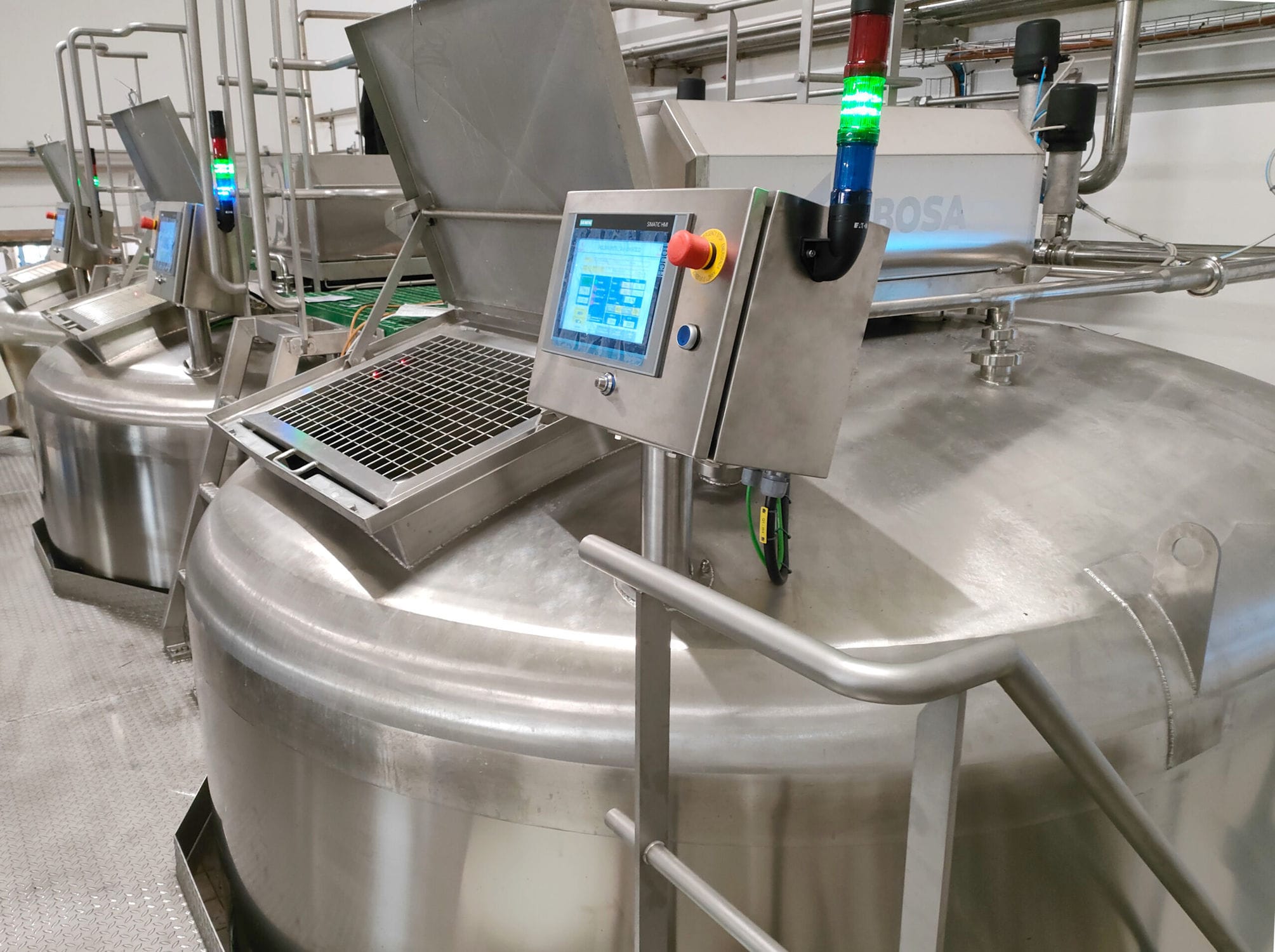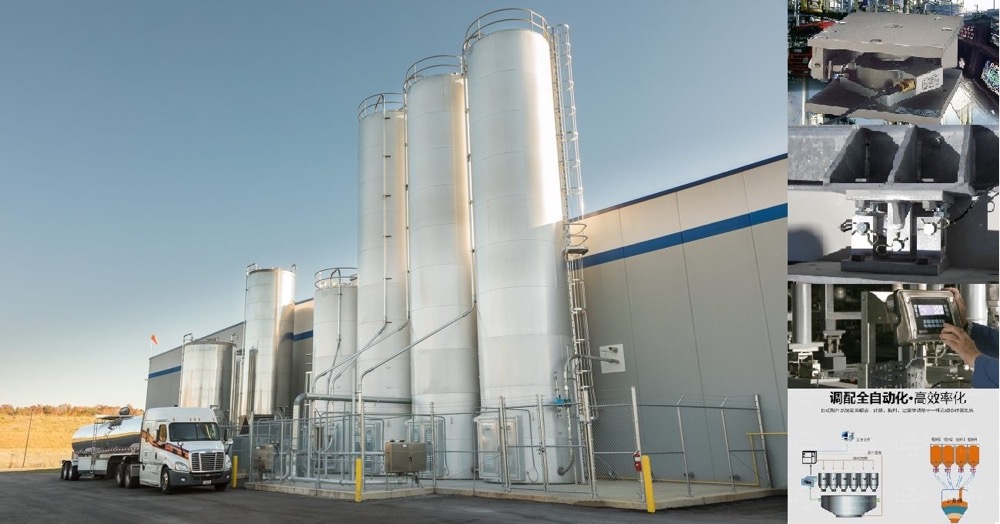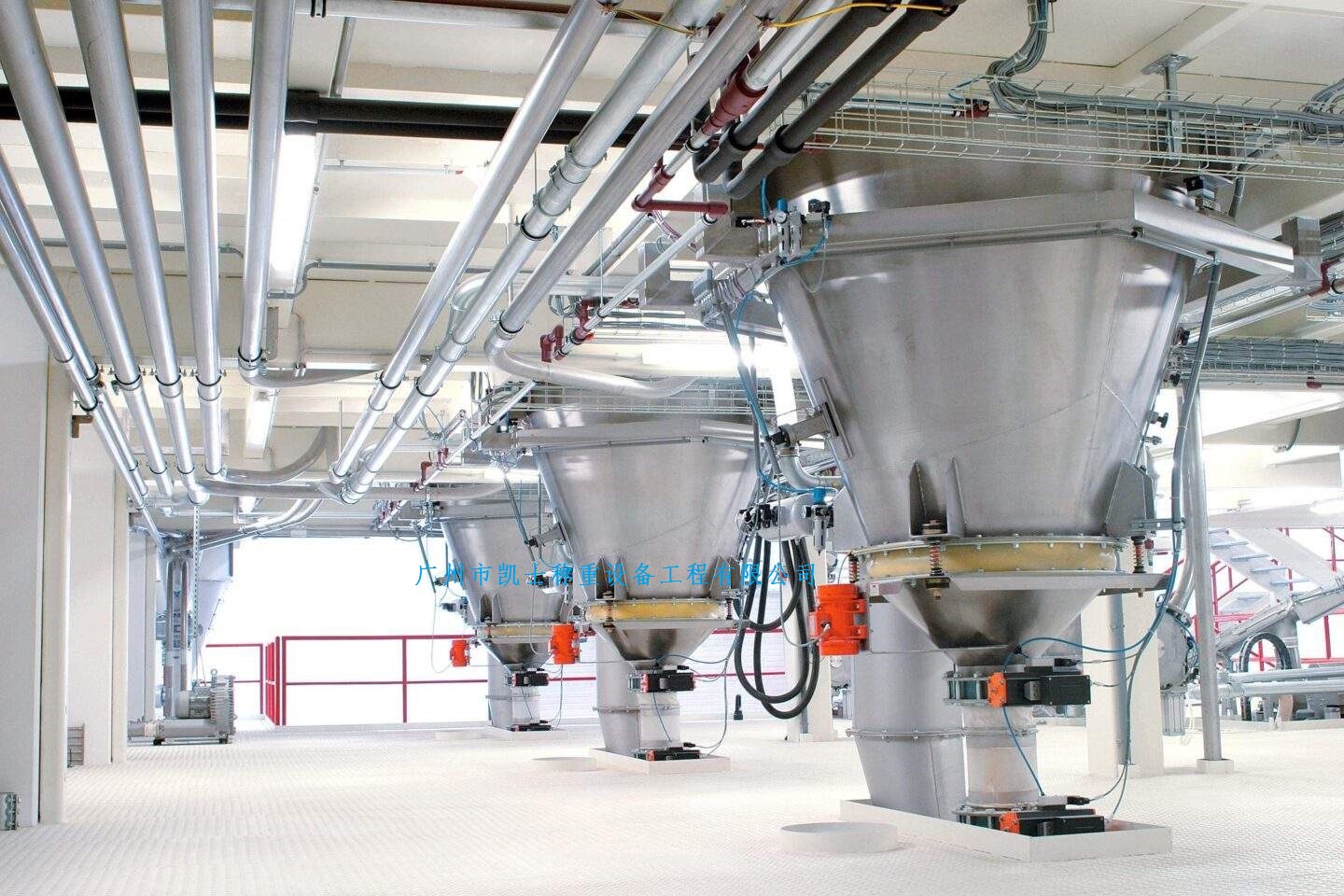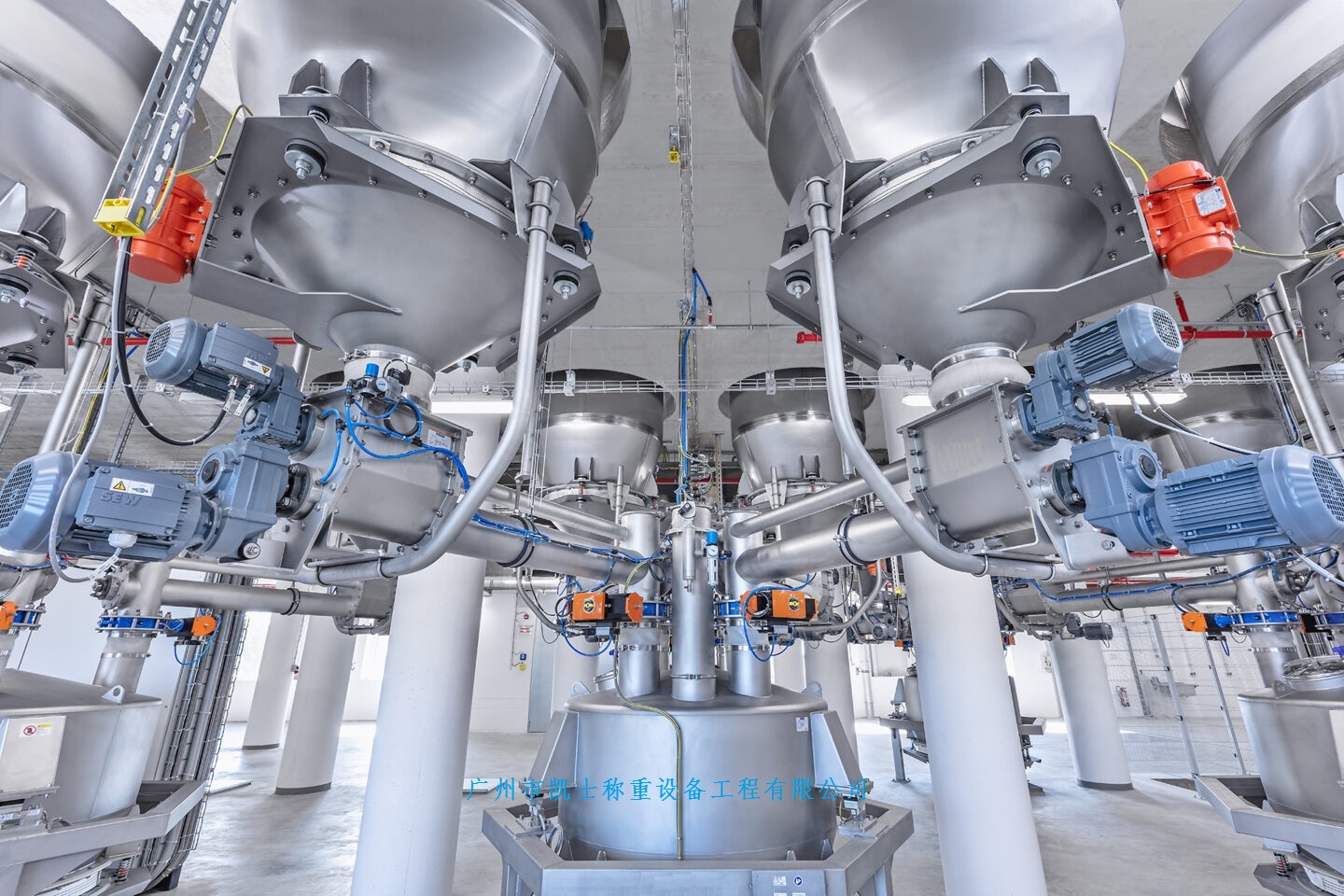

The reaction vessel controls the valve to feed materials into the receiving hopper based on the measurement results of the weighing system. The operator of the reaction vessel first allocates the weight value of the materials to be loaded into each receiving hopper. The PLC compares the signal transmitted remotely from the on-site weighing system with the set loading value. If the target weight is not reached, the material is loaded. Once the target weight is reached, the gate is closed to stop loading and waits for instructions to discharge the materials. The above process is automatically cycled. The weighing instrument can automatically accumulate the weight of the materials and upload the result to the PLC cabinet at the same time to complete the measurement.
 020-34563445
020-34563445Before each material preparation, the weighing reactor automatically calculates the planned material preparation weight and the full material control value. Before each material preparation in the weighing silo, based on the set weight of the hopper scale (this value is calculated by the reactor according to the batching process and input into the PLC in the form of a material list) and the weight that needs to be compensated for the previous weighing error (the algorithm is automatically calculated by the PLC), Calculate the weight of materials to be prepared for this plan.
To reduce the loading deviation caused by factors such as mechanical inertia and residual vibration of the feeding equipment during material discharge, the PLC must issue a full material signal in advance to stop the feeding equipment. The full material signal is issued when the weight of the scale tank reaches the full material control value. Only in this way can we ensure that the weighing error is minimized. After each time the scale tank is emptied, the actual net loading quantity and loading deviation are automatically calculated.
When the scale in the silo hopper is filled with materials, the material preparation process is completed. When the feeding program selects this scale tank to release materials, the gate of the weighing material bin is opened to release materials, and the weight of the Electronic scale is automatically tracked. After the material is discharged, a material empty signal is issued and the gate of the weighing material silo is closed. After the discharging process is completed, the residual weight of the hanging material in the electronic scale is measured, which is the empty weight of the hopper scale, and is expressed. When the scale tank is full of materials, the full weight of the hopper scale can be measured. Therefore, the net loading weight and loading deviation can be calculated.
According to the Settings on the operation material sheet, when the reaction tank is in an empty state, the vibrating screen works. When the vibrating screen screens the material to weigh the reaction tank to the set value by the operator, a full material signal will be displayed, and at the same time, the vibrating screen stops screening the material. After a period of time, the weighing value of the material tends to stabilize. At the moment when the gate of the weighing reaction tank opens the material, a pulse signal is given Use this condition as the signal to weigh the full material of the reaction tank, record the weighing value of the instrument and assign it in the program. When the weighing reaction tank is fully discharged and reaches the set empty value, a empty signal will be displayed. After the gate of the weighing reaction tank is closed for a few seconds or the closing time exceeds the limit (the proximity switch is broken when it is closed), this signal is used as the condition for the end of the discharge. The weighing value of the weighing reaction tank instrument is recorded to obtain the actual amount of material discharged from the weighing reaction tank this time.




